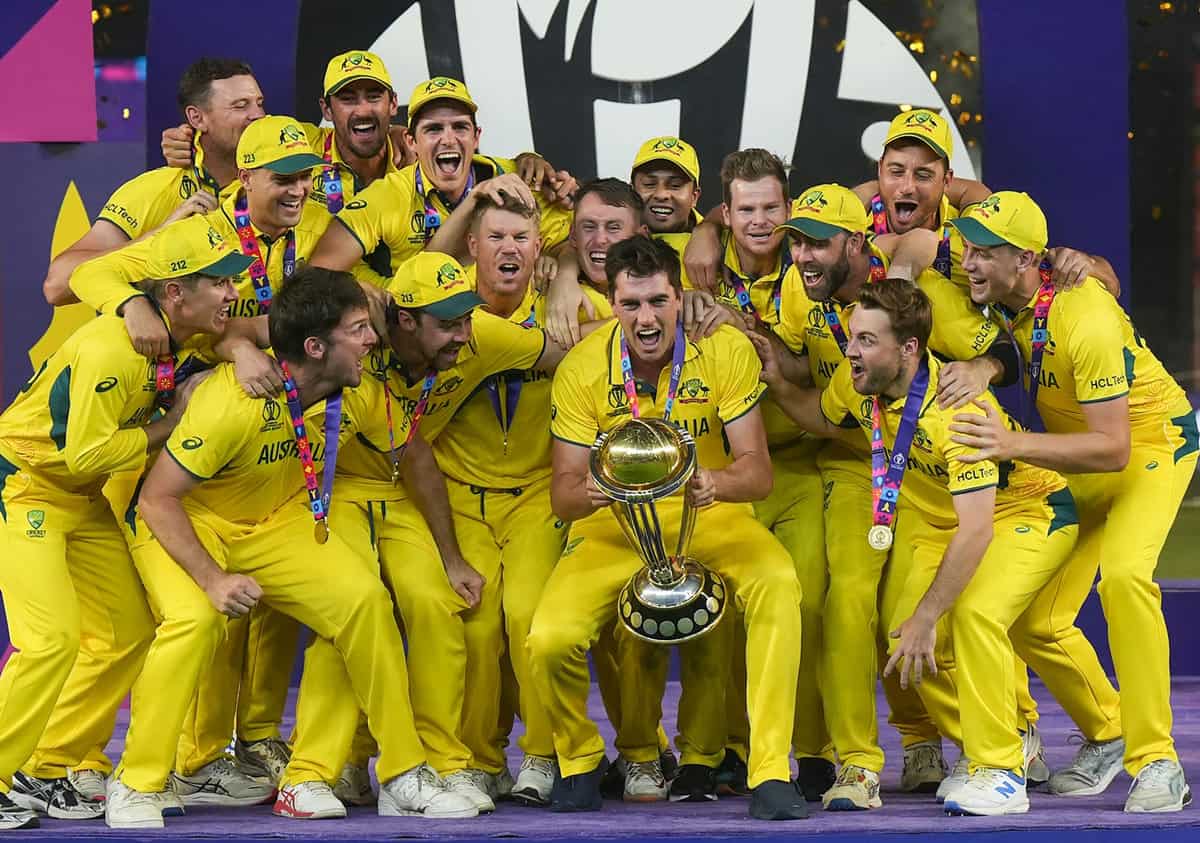
When India played its very first Test match in 1932 against England, the batsman who faced the first ball for India was Janardhan Navle. He was a security guard in a factory and after the tour had ended, he went back to standing at the gate of the factory. Throughout his life he earned pittance. When wicketkeeper Budhi Kunderan played his first Test match in 1960, he did not have best quality equipment. He had to borrow a pair of pads from his senior Naren Tamhane. Dattaram Hindlekar, uncle of Vijay Merchant, who represented India from 1936 to 1946, died at the age of 40 because he couldn’t afford good medical treatment.
Back then cricket players had very little earning from the game. They desperately searched for good jobs to provide them with a steady income. But those difficult days are stories from the past. Nowadays players are earning unimaginable amounts of money. There is so much wealth being generated by cricket that it’s difficult to arrive at an accurate figure. Those who are connected with the game also rake in large amounts of cash.
The recently concluded ICC World Cup tournament gave the winning team a prize money of $ 4 million (more than 33 crore) and the runner up team got $ 2 million (more than 16 crore). The losing semi finalists got $ 800,000. Even the teams that failed to reach the knockout stage received $ 100,000. All this is apart from the individual earnings of players from advertisements of various products.
Many others benefitted too
But it was not only the players who benefitted. According to news presenter Palki Sharma and Firstpost channel, the total amount of money and earnings generated was a mind boggling 22,000 crore rupees. Much of this amount went to BCCI and some of it went to contractors and service providers and even businesses unconnected to cricket. According to the channel, television rights were the biggest chunk of this huge amount.
Twelve thousand crore rupees came into the coffers of the BCCI from television rights. Then 2,000 crore rupees came from ticket sales. Advertisers paid 30 lakh rupees for a ten second clip which. The main spenders were Coca Cola and Hindustan Lever. Other companies from UAE and USA also chipped in.
According to the channel, 5000 crore rupees were the estimated sales of food deliveries as families and friends gathered together to eat and watch the matches on television. Service providers who organised travel and event management organisations raked in hundreds of crore too. So all put together, the total amount of money spent on the World Cup was in the region of 22,000 crore rupees.
Although Amrit Mathur, former manager of the Indian cricket team, a man who has been involved in sports management for many years, debunked the figures put out by the channel, the figures cannot be too far from the truth.
So opinions are divided. For example the amount of money that was spent by people who order food and watch matches in a group cannot be accurately measured. It has to be a guess and guesses will vary. But it is a recognised fact that whenever India wins sports fans are happy, go into celebratory mood and spend more.
Cricket has created new jobs
There is also another way in which cricket benefits the nation’s economy. New jobs are created within the cricket ecosystem. Now the sport is a very complex activity. It is not just players who earn from the game but also coaches, managers, trainers, sports psychologists, sports doctors, fitness trainers, physiotherapists and masseurs. Then there are the commentators who also become well known personalities and earn plenty of money.
There was a time when parents used to frown upon children who spent too much time with sports. It need not be so any longer. A keen interest in sport may lead to a career not just as a sportsperson but also as a sports expert in any connected field.
In the USA sports such as basketball, baseball, American football and tennis provide good careers for many people who have knowledge of how sports are played, taught and administered. The same can be said for football in European countries. In India the day has now arrived when cricket is generating enough money to sustain the livelihoods of a variety of people who work in activities related to the game. It is a modern day money spinner.
